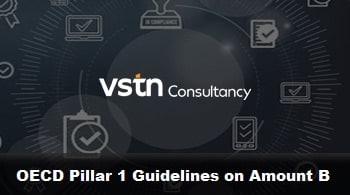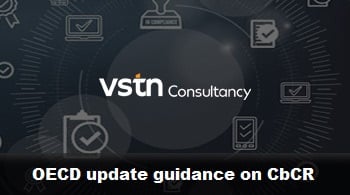UAE Corporate Tax Law – Alert on Transfer Pricing Regulations.
The United Arab Emirates (“UAE”) Ministry of Finance (MoF) issued the Federal Law on the Taxation of Corporations and Businesses by enacting the Federal Decree Law No.47 of 2022 on December 09, 2022 (herein after referred to as the “Decree Law”).
The Decree Law serves as the legislative basis for the introduction and implementation of Federal Corporate Tax (“CT”) in UAE and comes into force with effect from the Financial Year commencing on or after June 01, 2023.
We have presented a detailed alert focussing on the transfer pricing regulation embedded in the UAECTLaw. The alert covers:
- Applicability – Applies irrespective of whether related parties, connected persons are in UAE mainland, a Free Zone or in a Foreign Jurisdiction. TP not applicable for transactions between entities forming part of the same Tax Group.
- RelatedParty – established through Ownership, control or kinship
- Connected person – Ownership/controls, director or officer
- 5 Methods of arriving at arms’ length price (ALP). Option of Sixth method also available
- Option of correspondingadjustment , even for adjustment effected for foreign related parties by Foreign tax authorities
- Introduction of disclosureform (to be filed), localfile and Masterfile (to be maintained)
- Option of APA filing
- Reference to ALP/market value in other CT sections- Freezone entities (TP provisions to be satisfied and maintaining Documentation as one of the conditions to claim 0% tax), transitional provisions, general anti abuse rules, investment manager exemption , Foreign PE, Interest.










